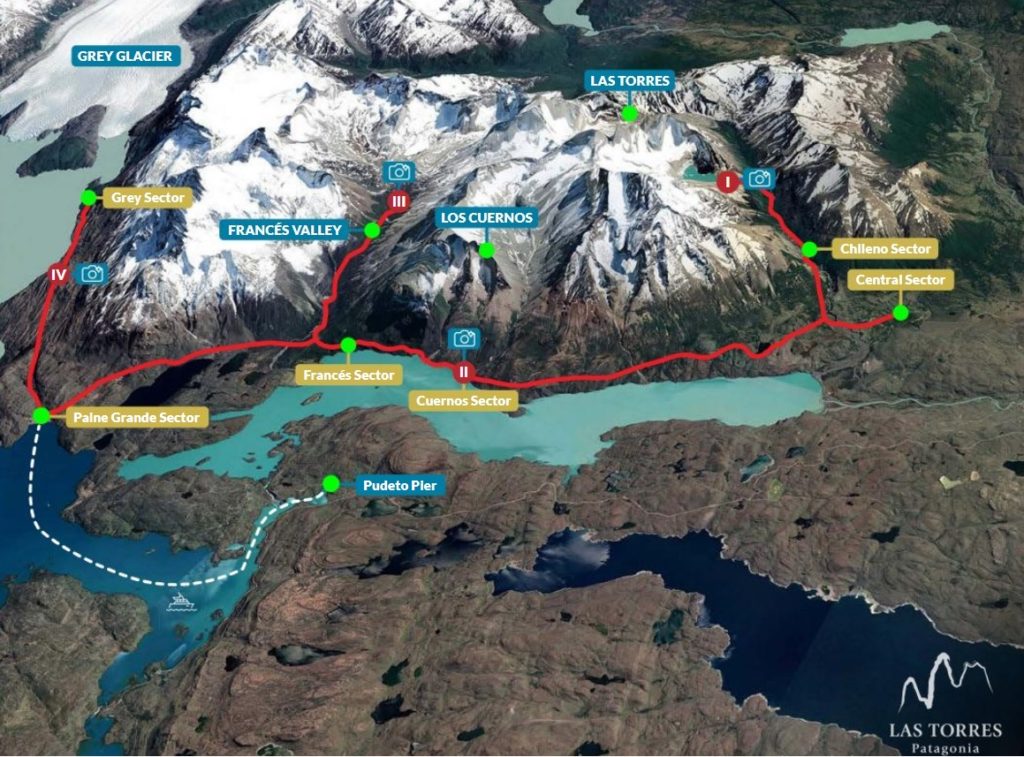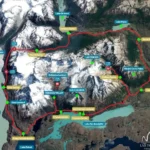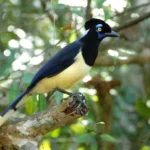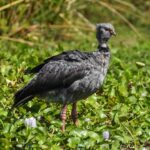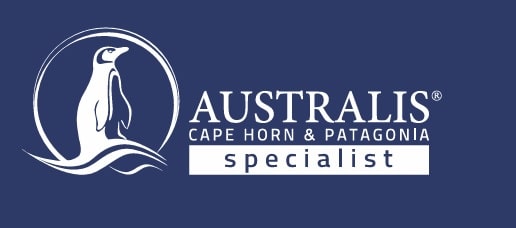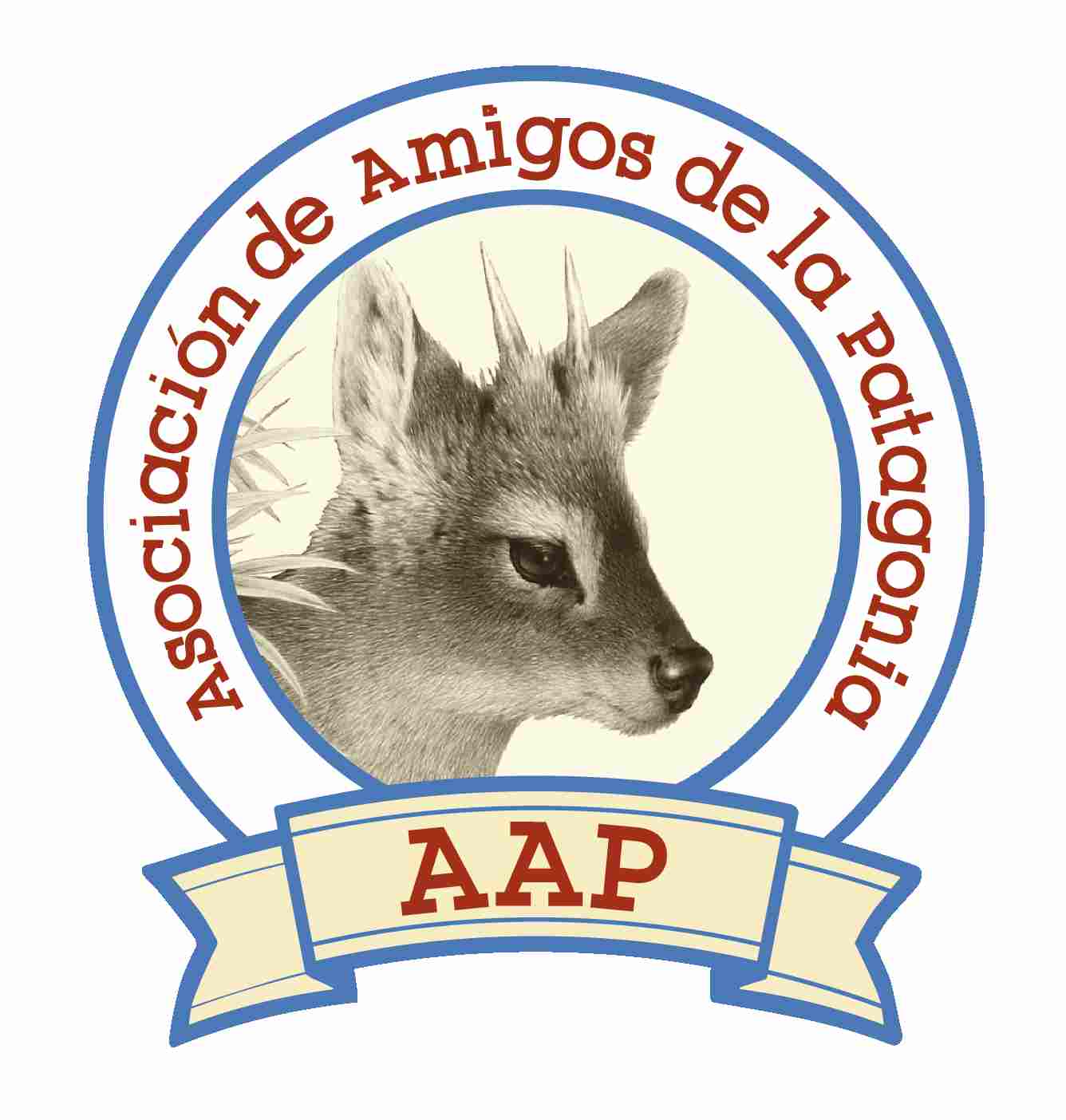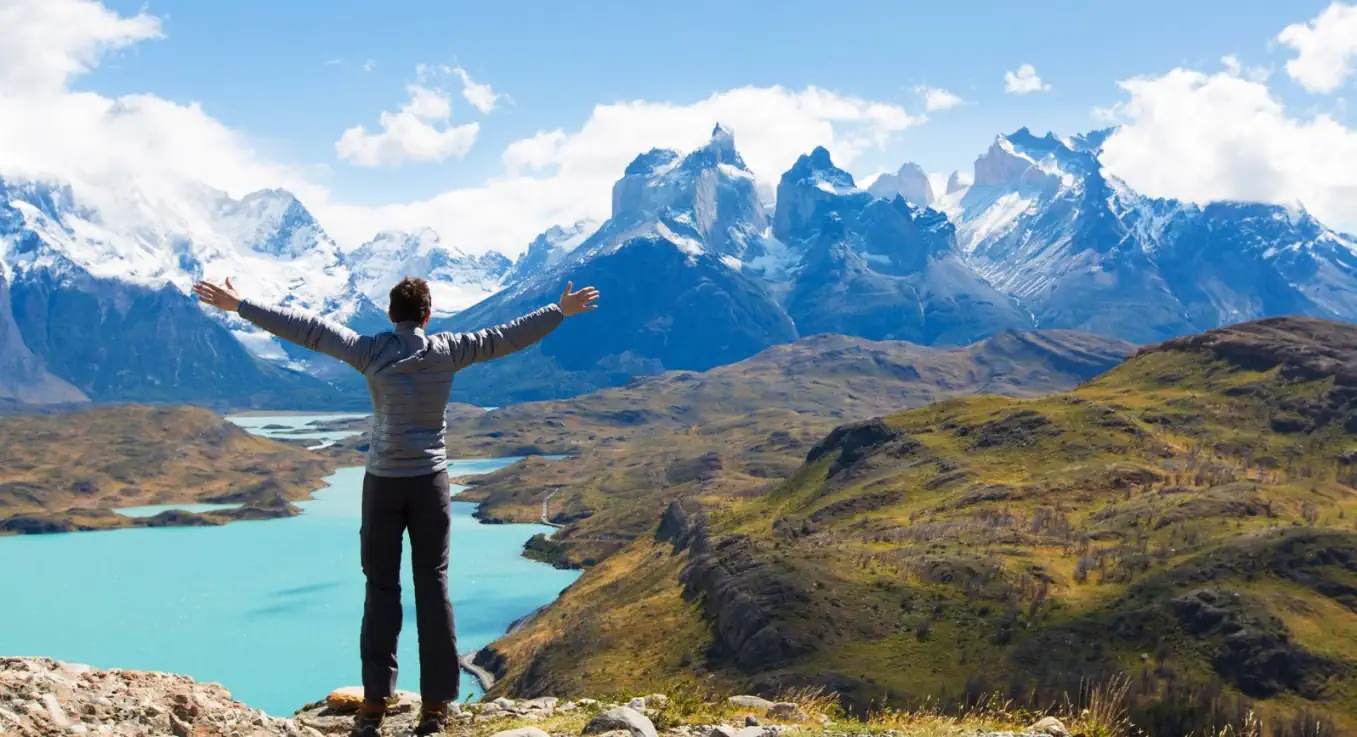
Torres del Paine Hiking guide
Torres del Paine is among the best places for trekking in the World. Furthermore, it’s the capital for trekking in Chile and home to different kinds of experiences.
In this article, we would like to share with you the most iconic hiking trails, same as other relevant information. If you’re keen on learning about tours, we invite you to check our Patagonia hiking trips.
How to get to Torres del Paine
Torres del Paine is a National Park located 2 hours away (by land) from Puerto Natales (Chile), 4-5 hours away (also by land) from El Calafate (Argentina), and 5 hours away (also by land) from Punta Arenas (Chile).
Punta Arenas is a city that counts with regular flights from Santiago de Chile, Puerto Montt, and other Chilean cities. Puerto Natales has also an airport -smaller though- which receives flights mainly from Santiago de Chile. If you manage to get a flight to Puerto Natales, you’ll save 3 hours of your time.
El Calafate has an airport with connections only within Argentinian cities (Buenos Aires, Bariloche, Ushuaia, and Trelew).
Once you reach any of these airports, the most affordable way to reach the Park is by taking a regular bus from Puerto Natales. These buses head to different gates of the Park, therefore, you need to figure out first what you want to do there.
Puerto Natales counts also with full-day excursions, which you can use as “transfers” if you want, with drop-off at the park once your activity is over (instead of returning to Puerto Natales).
The most convenient way to reach is by hiring a private transfer (or excursion).
From El Calafate, you can either go via Puerto Natales (private or shared transportation) or directly to the Park. If you go directly, it’s very likely that you’ll have to hire a private transfer or go on a shared excursion. If you go on a shared excursion and want to stay at the Park, you need to inform the provider in advance that you want to finish your excursion at the Park, and not to come back to El Calafate / Puerto Natales.
From Punta Arenas is similar as from Puerto Natales, but with 3 additional hours.
What is the best time to hike in Torres del Paine?
You can hike during the whole year, but you should consider the following facts:
- The high season stretches from September till April, with peaks of crowds from December till March. The great advantage during this time is that the “closest” to summer you are, the longer hours of lights you have. For example, in January you may have up to 16 hours of daylight. The weather is warmer, and even though it’s unpredictable, the average in summer is about 13º C, with lows of 1º. In Spring and Autumn, could be colder, but sometimes less windy. In other words, all these months are commonly accepted as the best time to hike in Torres del Paine.
- Low season –from April till August- offers a more intimate atmosphere, with very few people, and more affordable prices. The challenge could be the weather (about 5º with lows of -3º or less), and snow (blocking the trails). During winter, it’s usually less windy than in summer, but it doesn’t mean that you’ll not have windy days. Some services might be not operating (for instance adventure excursions such as kayaking in front of the Grey Glacier), but many times the services that you need to hike are open. For example, if you want to do the famous “W trek”, there are shelters and other types of accommodations that allow you to complete the circuit or at least most of it. Please make sure to confirm this information with CONAF (authorities of the Park) or your travel agency before you come, since it could change.
Can you hike Torres del Paine without a guide?
Yes. However, there are might be some specific trails that demand a guide (not the classics). In any case, apart from bringing knowledge and safety, a trekking guide can give a lot of value to your experience. If you decide to hike by yourself, make sure to be prepared.
Types of hikes in Torres del Paine:
You can do day hikes or multiday hikes. Below we’ll revise the most iconic circuits at the Park, how to do them, and where to stay.
W trek:
If you see the Park on a map, you will notice that there are three valleys connected at the bottom, forming a “W”. These valleys gather some of the most epic views of the Park, and they are:
- River Asencio Valley: it’s a valley that starts in Las Torres Sector and leads to the base of the Towers of Paine, offering spectacular views of them.
- French Valley: it leads to some of the best viewpoints of the Horns of Paine.
- Grey Valley: it runs parallel to the glacier Grey and the lake Grey, offering unique panoramic views from above.
The W trek consists of hiking along the three valleys, and joining them through the trails at the bottom (such as the Lake Nordenskjöld).
Each valley takes about a full day to be completed, and you need to consider another day to join Las Torres with French Valley. In total, the classic circuit takes about 4 days / 3 nights. There are some extensions, tricks, and turns, that change the length of the trip depending on different factors.
For example, you can extend the trip by staying an extra day in the area of Lago Grey, in order to do either the hike to the hanging bridges or the kayaking experience in front of the glacier.
If you want to see how a real itinerary would look like, we invite you to check our W trek & Patagonia tour (it has an extension to El Chaltén and El Calafate, which you can skip if you want to).
Regarding the places to stay, you can sleep either in camps or refuges. If those are options that you don’t like, but rather prefer to stay in hotels, that’s also an alternative (perhaps you would miss a few parts, but not the essentials). Naturally, if you stay in a hotel, you’ll count with the comfort that in other cases you’d miss.
You can do the trail in any direction, however, travelers start generally from Las Torres.
The main camps and refuges count with sanitary services and an area where you can sit to eat, being protected from the wind.
This circuit is generally done by “hiring a package” that includes meals, the accommodation (if it’s a tent, it includes the sleeping bag and sleeping mattress), and transfers. Regarding the trekking guide, it depends on your preference. You can either do it self-guided (as many people do) or with a guide (with a difference in the cost). Both alternatives are also possible if you book your tour through a travel agency.
Other people rather prefer to organize everything by themselves, bringing their own gear. In that scenario, please ask for information at CONAF.
O trek:
This circuit makes the same itinerary (or quite similar) as the W Trek, but it adds an additional – and challenging -part at the end. It consists of closing the “circle” by joining (again) both the Grey and Asencio Valleys through a hiking trail behind the mountains. It’s an area with rural camps and without many services, but with pristine nature and inspiring landscapes.
The whole experience takes between 6 and 10 days, depending on how you organize it.
Other hikes:
Either if you want to do something different, or just don’t want to do long treks, these alternatives may be interesting for you.
Referential times are “back and forth”.
- Mirador Cuernos: 2 hours, low difficulty, beautiful landscapes and views of the Horns (if it’s not clouded).
- Mirador Cóndor: 1.30 hours, moderate-high difficulty, great panoramic views.
- Peninsula Lago Grey: 2 hours, low difficulty, nice views of the lake Grey.
- Mirador Ferrier: 4-5 hours, difficult, but with incredible forests and stunning views of the lake Pingo, glacier Pingo, Macizo Paine, and lake and glacier Grey (from another perspective),
Finding your own path
We offer personalized trips in Argentina and Chile and would love to hear about your travel plans. Don’t hesitate in contacting us, and start planning your next adventure!
Related posts & tours:
0




